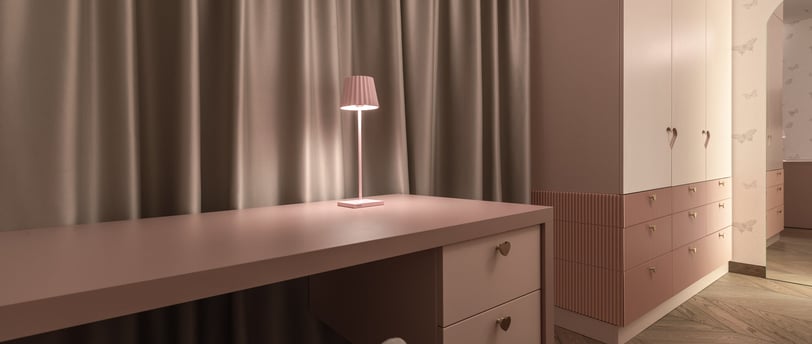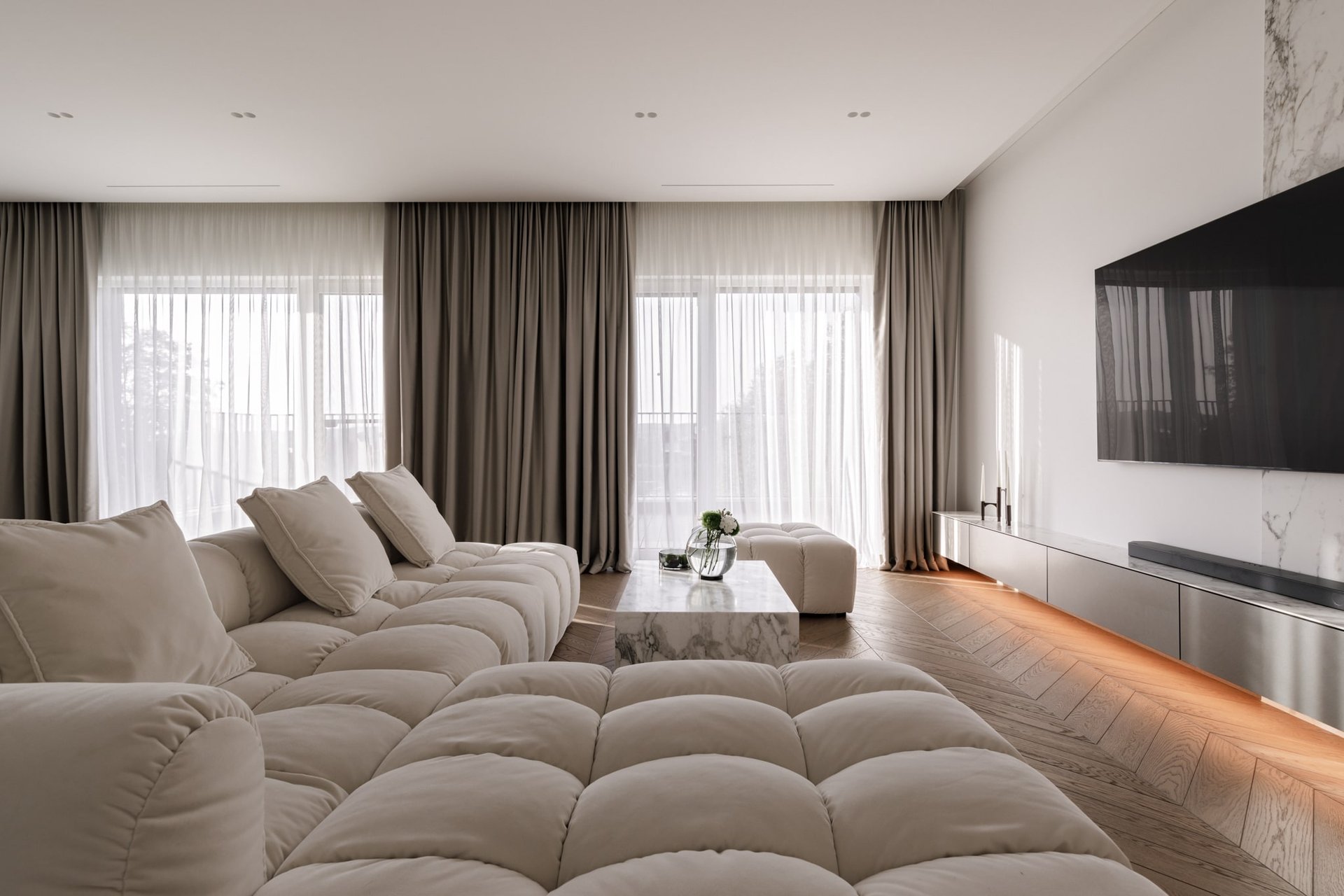Interior Design Contract
5 Must-Haves for an Interior Design Contract 📩
6/14/20242 min read


Creating a solid contract is crucial for the success of any interior design project. It sets clear expectations and protects both the designer and the client from potential misunderstandings. Here are the five essential elements that every interior design contract should include:
1. Scope of Work
Clearly Define Services: A well-defined scope of work is the backbone of any interior design contract. It should detail the services to be provided, covering all aspects from initial consultations and design concepts to project management and final installation. This section should also include any limitations or exclusions to ensure there are no surprises later. For example, if the project does not include furniture procurement or installation, this should be explicitly stated.
2. Payment Terms
Specify Costs and Payment Schedule: The payment terms section should outline the total cost of the project, the payment schedule, and acceptable payment methods. This includes deposit requirements, milestones for payments, and any penalties for late payments. It's also important to mention any additional costs that may arise and how they will be handled. For instance, if there is a need for additional materials or services outside the original scope, the contract should explain how these will be billed.
3. Timeline and Deadlines
Provide a Detailed Project Timeline: A clear timeline with specific deadlines for each phase of the project is essential. This should include provisions for handling delays or changes in the schedule and specify any penalties for not meeting agreed-upon deadlines. For example, if the project is delayed due to the client's late approval of design elements, the contract should outline how this will affect the overall timeline and any additional costs incurred.
4. Change Orders and Revisions
Outline the Process for Changes: The contract should have a clear process for making changes to the original scope of work. This includes how change orders will be documented, approved, and billed. It's also important to specify the number of revisions included in the contract and the cost of additional revisions. For example, the contract might state that the first three revisions are included at no extra cost, but additional revisions will be billed at an hourly rate.
5. Responsibilities and Limitations
Clarify Responsibilities and Exclusions: Clearly outline the responsibilities of the interior designer, ensuring that clients understand what is included in your services and what is not. Specify that tasks such as construction, decorating, or home renovation are not covered unless explicitly stated. This prevents misunderstandings and ensures clients do not expect you to perform roles outside of your scope. For instance, if structural changes are required, the contract should specify that this is the responsibility of a licensed contractor, not the interior designer.
Access to a Detailed Contract Template
To make this process even easier, our Intro Interior Membership site includes access to a detailed contract template. This template covers all these essential elements and more, ensuring that your interior design projects start off on the right foot. Join our membership to gain access to this valuable resource and take the guesswork out of your contract creation. 📄
By including these five must-haves in your interior design contract, you can ensure a smoother, more professional process that protects both you and your clients. Whether you're just starting out or looking to refine your existing contract, these elements are essential for success.

